Discovering photographers with a high level of passion for and commitment to capturing meaningful stories in the daily street life is always an amazing and enlightening experience for me. It’s like discovering the ultimate advice from a true master. I have learned more in terms of passion and inspiration by looking at photographs (in a physical or any digital medium) than by reading technical manuals or reading or watching gear reviews.
Passion and Inspiration are two highly desirable variables that help shape the inner voice of every photographer. The advice of investing money in books that are filled exclusively with photographs has never been so deeply rooted in my preaching as it is today.
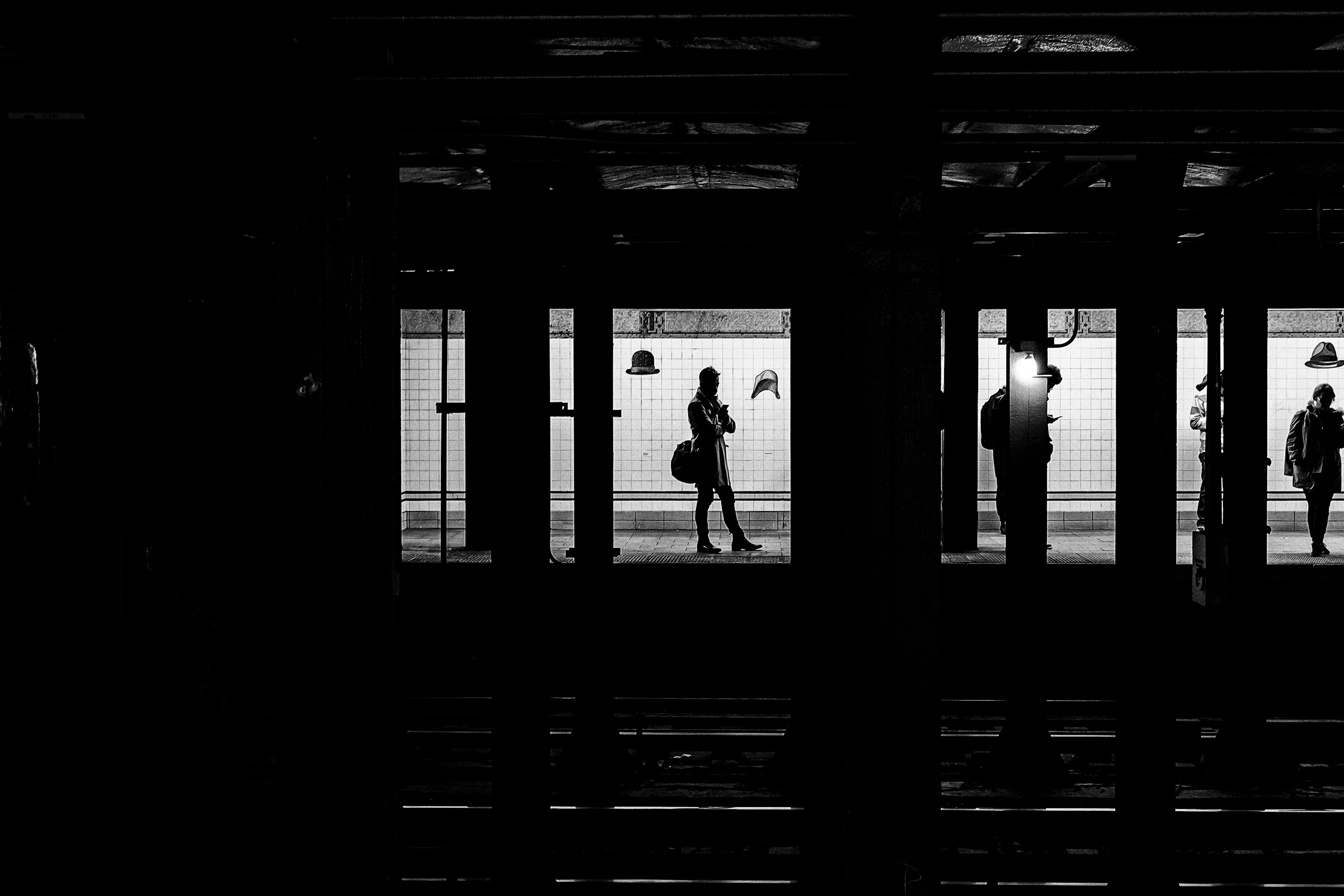
I'll always feel a deep admiration for John Szarkowski’s titanic effort to present photography inside the world of art. Thanks to his glorious commitment, the works of photographers like Diane Arbus, Lee Friedlander and Garry Winogrand were easily spread to the world. Garry Winogrand became an instant favorite of mine while I was still studying Contemporary Art Photography. His photographs became rooted deeply in my consciousness thanks to his humane, non-intrusive approach.
The work of another photographer I have always loved is that of Elliott Erwitt, thanks to his clever and humorous approach. Thanks to “St. Google’s” search-related-suggestions, I stumbled onto Helen Levitt. What an amazing photographer she was! Helen Levitt's work was so important that she was once named the most celebrated and least-known photographer of her time.
She gained a lot of recognition due to her astonishing and highly narrative street photographs taken in New York City. Even though she was best known for her black-and-white images, she received two Guggenheim Fellowships to document the City of New York with color photographs. Two different worlds indeed – and she mastered both with precision and a unique style.
The images of Helen Levitt seemed fantastic, refreshing, and totally intoxicating. I managed to get a copy of this wonderful book, but unfortunately, it doesn't include my favorite Levitt photograph. This is not the first time that this has happened to me. It happened with a book by André Kertész, too. But it doesn't matter because I still came across a wonderful world of street images.
The book has a simple and sober cover, almost from a random bureaucratic log book, but inside its enormous body lives one of the greatest treasures of photography of the twentieth century. Inside it, something very strange happens: color and black-and-white photographs breathe peacefully in the same habitat without competing with each other. The images are shown in a way that is harmonious indeed.
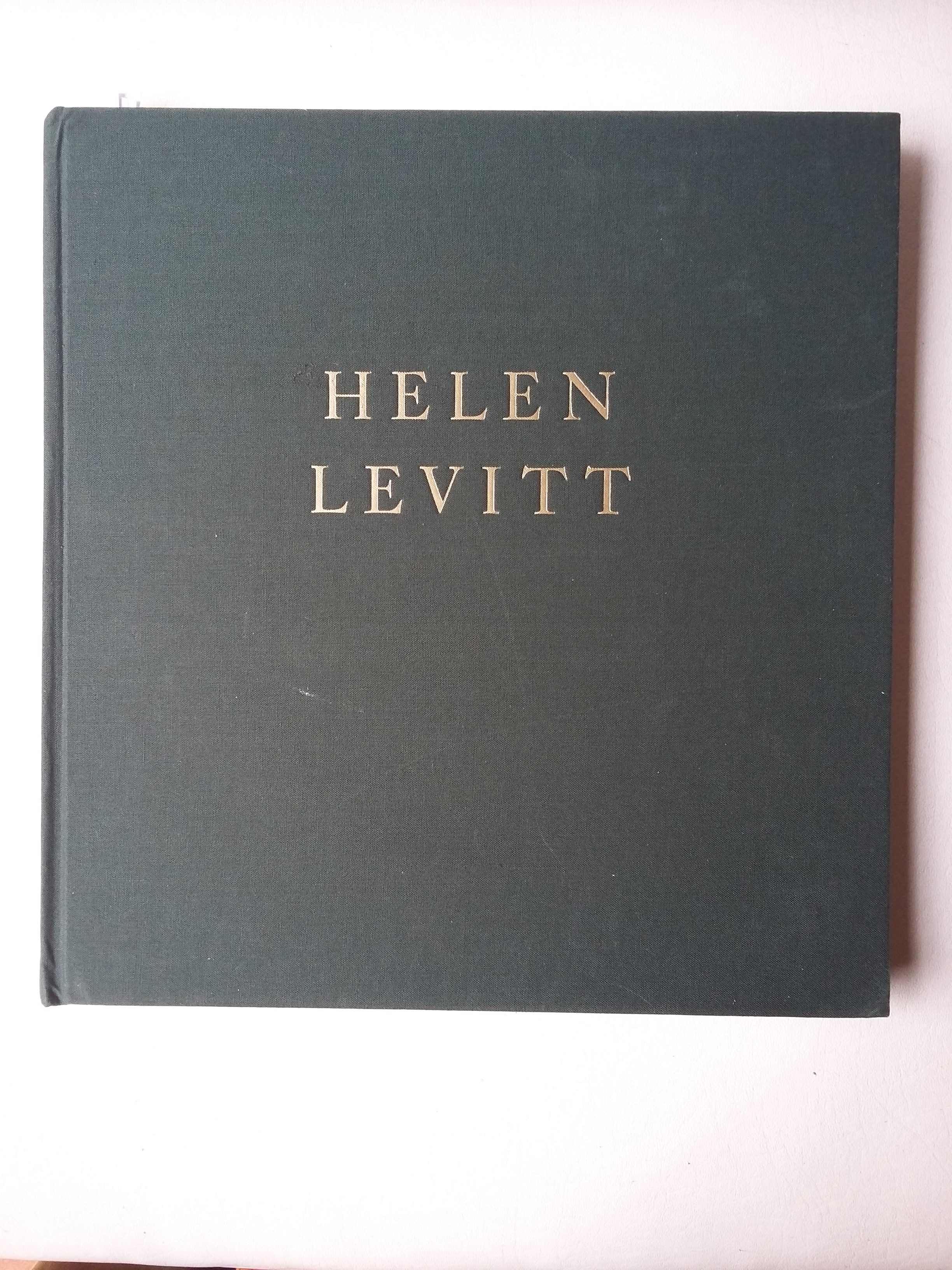
“Helen Levitt's work may be called anti-journalism. The example of it here was shot in Spanish Harlem, Manhattan. The picture is both dance and a loving lyric. (It would be hard to find, anywhere off-stage, a scene that had more dance in it.) Levitt's work was one of James Agee's great loves; and in turn, Agee's own magnificent eye was part of her early training. To anyone sensitive to dance, this picture is inebriating. It is, of course, a lucky miracle of timing. But when you see an unbelievable confluence of chance in a photograph, remember that the operator was there, booted and spurred.”
These are the words of Walker Evans, who wrote them back in 1969 when this book first saw the light of day.
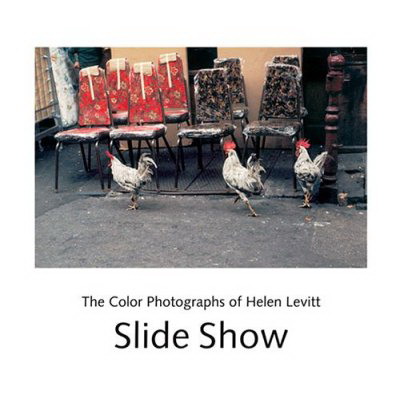
I have always considered humor as one of the most difficult things to capture in photographs – especially in street photography, where you have absolutely no control of the scene except through your frame and your feet. For these types of humorous images captured in a candid way, I always thought Elliott Erwitt was the greatest exponent – but after seeing the work of Helen Levitt, I can assure you that she is, without doubt, another great master of humorous photography.
Humor must always be subtle and cannot ever descend into mockery or humiliation by capturing a shameful scene or where the subject may appear vulnerable.
The experience of seeing the printed images of Helen Levitt was intoxicating
As I started to view the images in the book, a hilarious feeling grew inside of me. Stripped of all digital distractions, I spent 3 hours one idle night to contemplate each image. I could not stop being surprised and moved by the strange beauty that Helen Levitt had captured.
Daily life presented in a comic and absurd way seems to me to be a masterful trick. Any photographer can enjoy these images that coexist peacefully, regardless of whether they are in color or black-and-white.
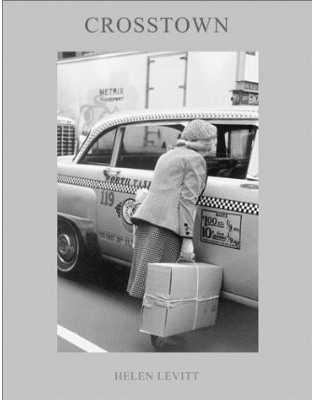
In this video, we can see some of the images included in the book that I’m referring to.
Why is the color in Helen Levitt's images so special?
It is recognized that many of Helen Levitt's (if not all) color photographs were taken with the legendary Kodachrome film. And it is not only the fact that this film bestows colors without equal; it’s that she really knew how to compose in such a way that the story or message that her images transmitted was not interrupted by the distractions that color photography can impose.
Levitt understood how to compose and how to select which elements should be inside each photograph. Even when color is present in many cases, they don't feel crowded.
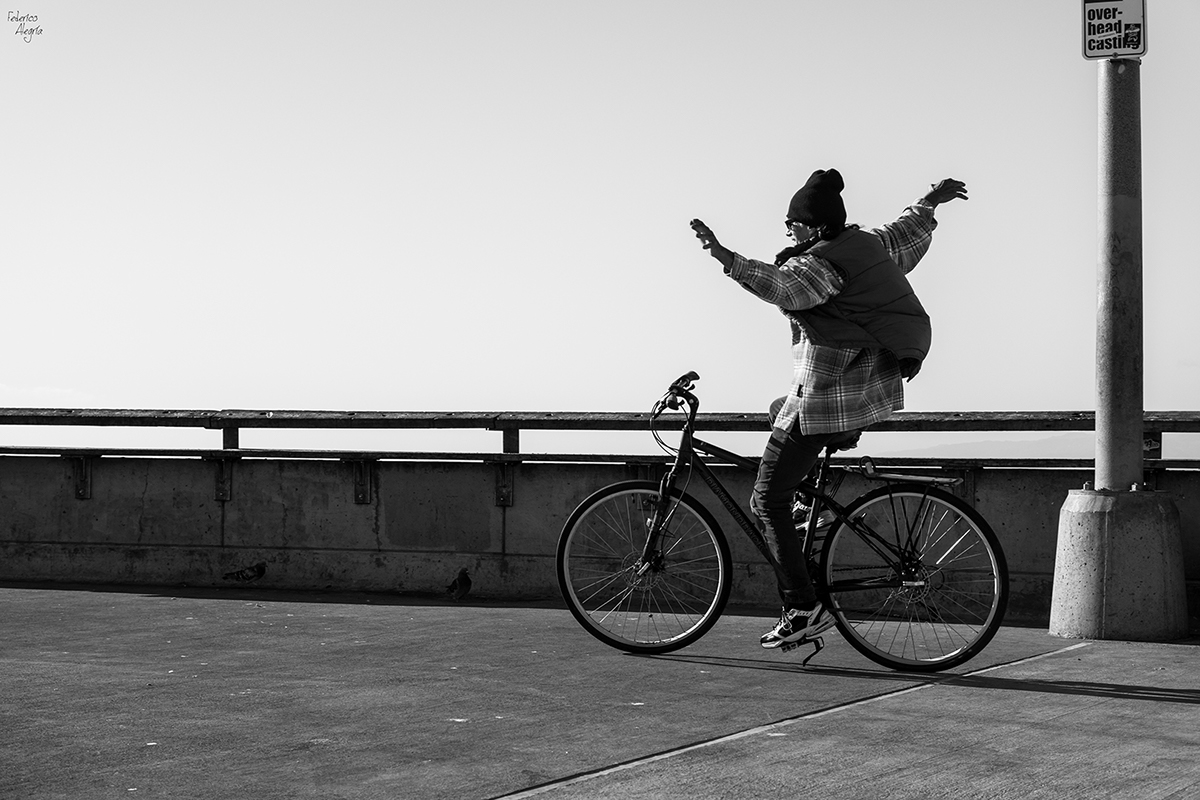
Helen Levitt lived for 95 years and gave us an unmatched legacy that teaches us the importance of working from the heart and invites us to carry our cameras at all times. The scenes she captured are not simply a product of luck – although we must recognize how important it was for her to be there at the right moment – but also the product of boundless passion and tireless discipline.
Thank you, Helen Levitt, for sharing such wonderful images with the world.




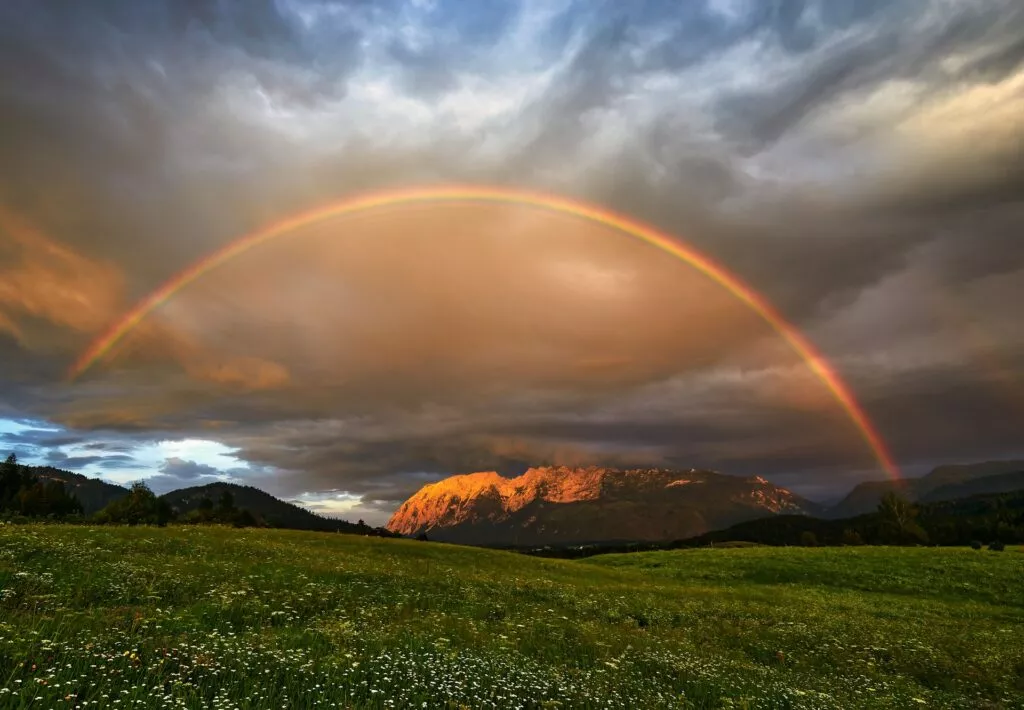
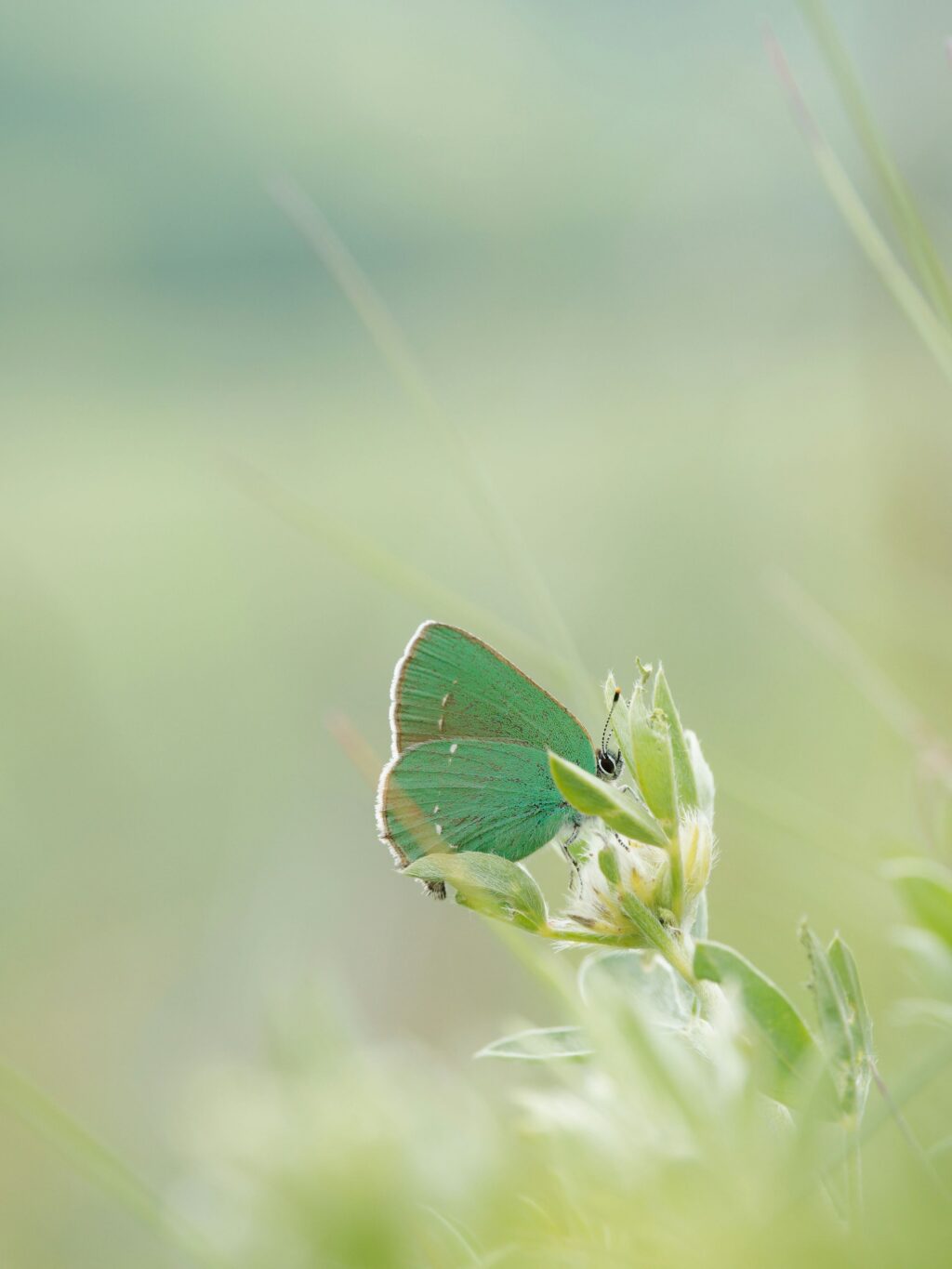
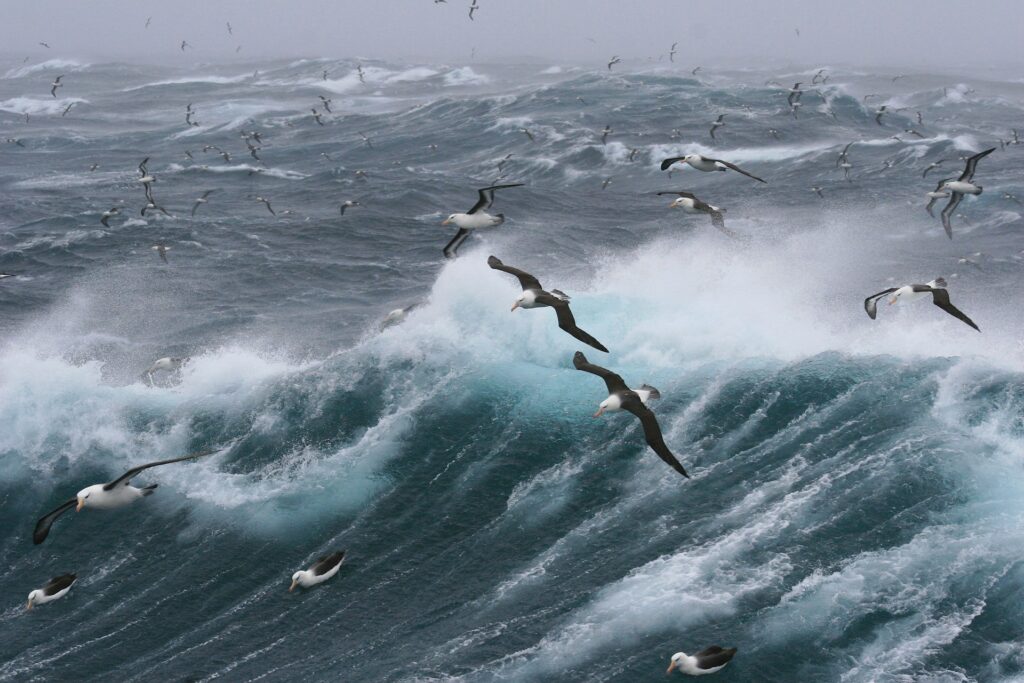
2 Comments
This is an inspiring example of what is meant by the saying that the person who can’t learn anything new has already died.
I think we ALL can learn by studying the ‘greats’ of the past – and this extends beyond photography, to the greats of the arts of painting, sculpture, architecture and so on. We can all learn from them – great masters of the past did, and it would be presumptuous vanity to imagine we cannot do it, too.
If nothing else, it helps to open our eyes – to train us to see – and that is fundamental to the process of photography.
I’m really glad you enjoyed this Jean Pierre, and also I’m glad that we both share the same perception about learning from the great minds of the past.